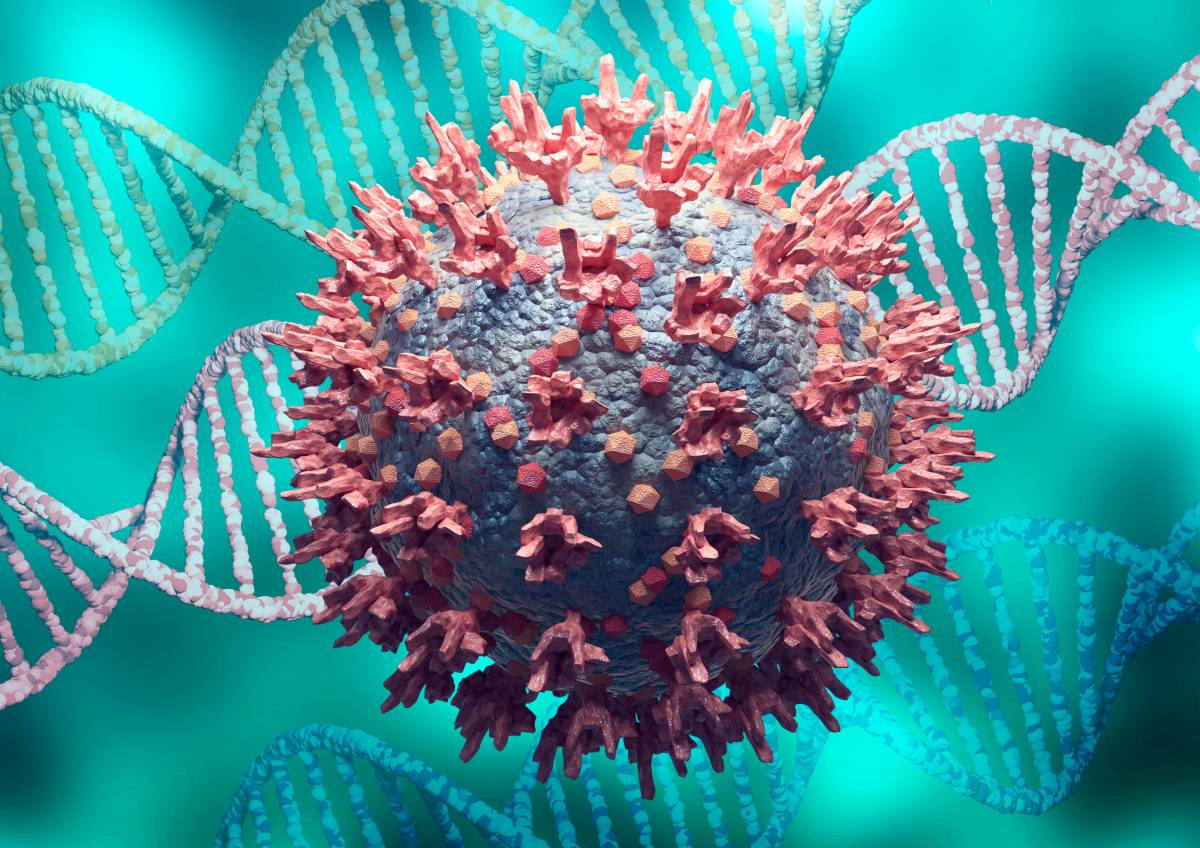
Anesthetic drug development is experiencing a resurgence of interest given new demands in clinical practice that can potentially be met with better agents. Existing drugs each have their own drawbacks but have improved upon drugs of the past. Continuing advancements in medicine will improve patient outcomes and experiences. How, then, are new anesthesia drugs developed?
Current efforts to develop anesthetic drugs are primarily focused on modifying the structures of existing drugs to enhance their pharmacodynamic and pharmacokinetic properties [1]. Drug metabolism and pharmacokinetic optimization strategies specifically may help improve the physical and chemical properties of drugs. The hope is to minimize the negative effects of existing anesthetics while maintaining or enhancing the desired effects. This is a particularly dynamic area of research in the context of sedatives, analgesics, and muscle relaxants, and significant developments have recently occurred.
Two approaches are prodrug and soft drug design. Prodrugs are compounds that are activated only once in the body and may have the advantage of providing greater control over where and when the activated drug works. Soft drugs are compounds that are quickly and predictably broken down into an inactive, non-toxic form, which may result in fewer side effects.
Prodrug design is a useful approach for augmenting the drug-like properties of a molecule to overcome formulation and delivery difficulties. Prodrug design strategies have a wide range of applications. In the case of the soft drug approach, a retrometabolic drug design strategy allows for a predictable metabolic route via a single inactivation. Soft drug design meets the unique needs of modern anesthesia practice, in which it is often good for anesthetics to be quickly broken down by the body so that the patient can recover from anesthesia faster [2].
Drugs recently under development using these design approaches include analogs of midazolam, propofol, and etomidate, such as remimazolam, PF0713, and cyclopropyl methoxycarbonyl-etomidate [3].
However, tweaking existing drugs may not provide the best solution. So how are truly new anesthesia drugs developed? Another approach relies on large quantities of data to screen for potential novel drugs. Researchers rapidly screen of large molecular libraries for activity in structural or phenotypic assays that show potential for anesthetic and target receptor interactions. Such high-throughput screening may lead to the identification of entirely new classes of drugs, which can be beneficial because they would provide different angles into the same desired effects [3].
Researchers have also recently gradually learned to apply artificial intelligence-assisted drug design strategies for drug metabolism studies [4]. As enzymes (usually cytochrome P450) are essential for drug metabolism, the three-dimensional crystal structures of various enzymes and carrier proteins have been studied,. This may facilitate the prediction of molecular interactions in the very initial stages of drug design and is an area where AI may be extremely helpful.
In recent years, new drug development programs for analogs of anesthetics have resulted in only a handful of compounds with market approval [6]. Particularly for sedatives, hypnotics and neuromuscular blockers, there remains relatively little drug discovery activity to this day [5].
Part of the reason for this may be that the mechanisms of action of anesthetics are still not fully understood. In addition, the industry perceives little need for new anesthetic drugs since needs are well addressed by existing agents or fail to compete with their safety profiles. For soft sedative-hypnotics in particular, abnormal excitatory activity has led to the discontinuation of drug development programs. This was the case for the etomidate and propanidid soft drug analogs.
To compete with existing drugs, novel anesthetic drugs need a high therapeutic index and minimal side effects to optimize the benefit/risk ratio in patients. In addition, anesthesiologists need to communicate ongoing needs for new anesthetic drugs more effectively to better drive their development. Further work using existing strategies may provide improved anesthetics in the future, but it is also possible that rethinking how new anesthesia drugs are developed will open additional avenues to explore.
References
- Deng, C., Liu, J. & Zhang, W. Structural Modification in Anesthetic Drug Development for Prodrugs and Soft Drugs. Frontiers in Pharmacology (2022). doi:10.3389/fphar.2022.923353
- Stöhr, T. et al. Pharmacokinetic properties of remimazolam in subjects with hepatic or renal impairment. Br. J. Anaesth. (2021). doi:10.1016/j.bja.2021.05.027
- Chitilian, H. V., Eckenhoff, R. G. & Raines, D. E. Anesthetic drug development: Novel drugs and new approaches. Surg. Neurol. Int. 4, S2 (2013). doi: 10.4103/2152-7806.109179
- Smith, G. F. Artificial Intelligence in Drug Safety and Metabolism. in Methods in Molecular Biology (2022). doi:10.1007/978-1-0716-1787-8_22
- Kilpatrick, G. J. & Tilbrook, G. S. Drug development in anaesthesia: Industrial perspective. Current Opinion in Anaesthesiology (2006). doi:10.1097/01.aco.0000236137.23475.95
- Keam, S. J. Remimazolam: First Approval. Drugs (2020). doi:10.1007/s40265-020-01299-8

